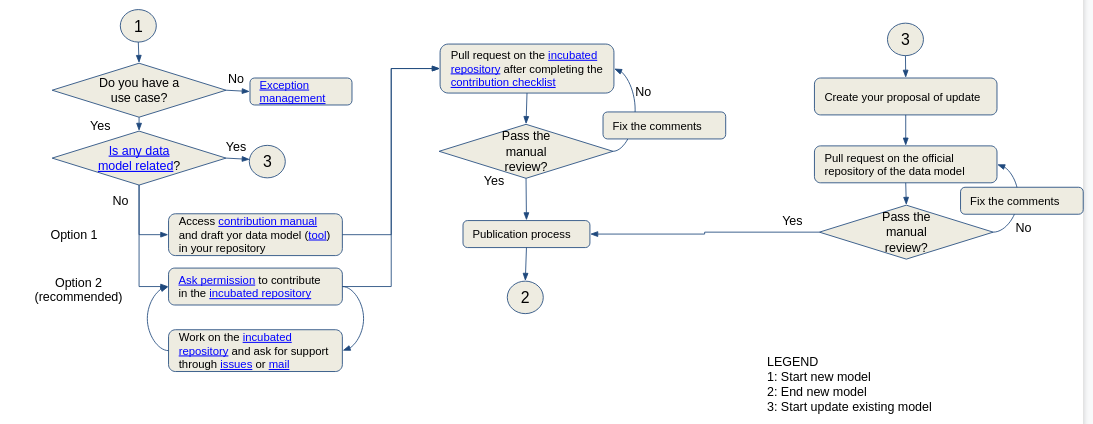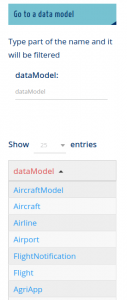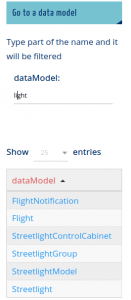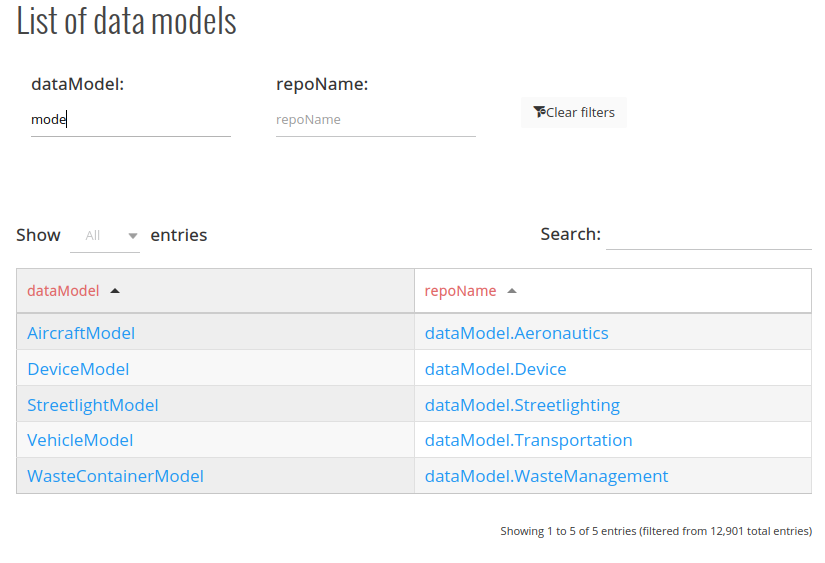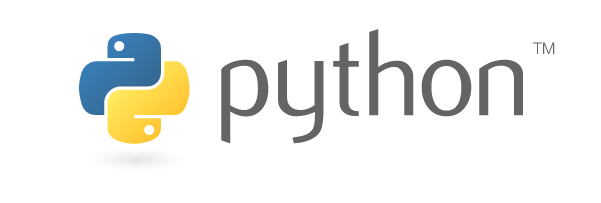The README.md of every data model provides the links to the different translations of the specification. These sentences are now in their original languages.
Additionally, these links now take to the specification in GitHub and stop prompting to be downloaded.
Other information available in the README include:
- Links to the automatic creation of examples in NGSI-LD format
- Links to the actual examples of the use of this data model in 4 differnt formats
This format update will be completed today for all data models.
If you can think of other improvements please let us know.







